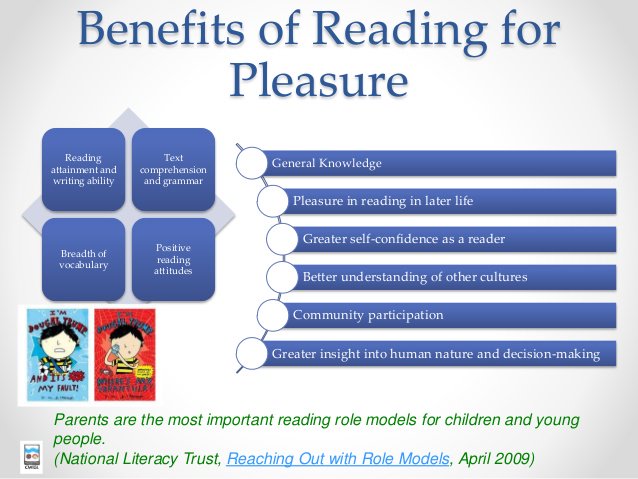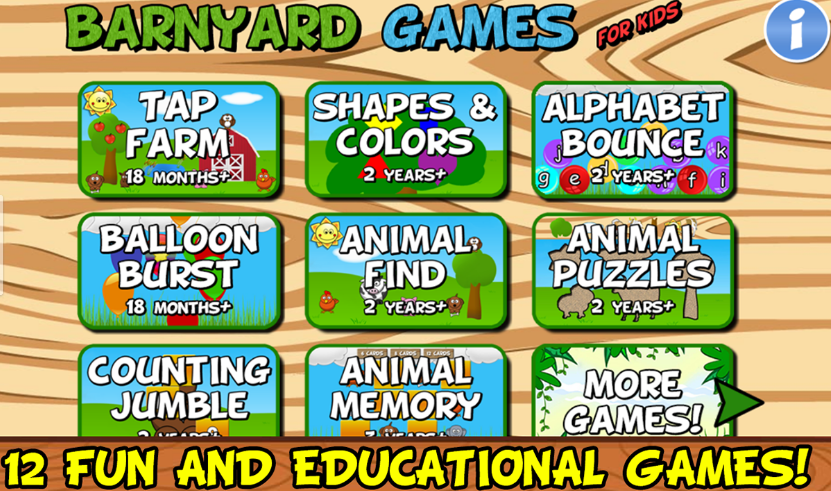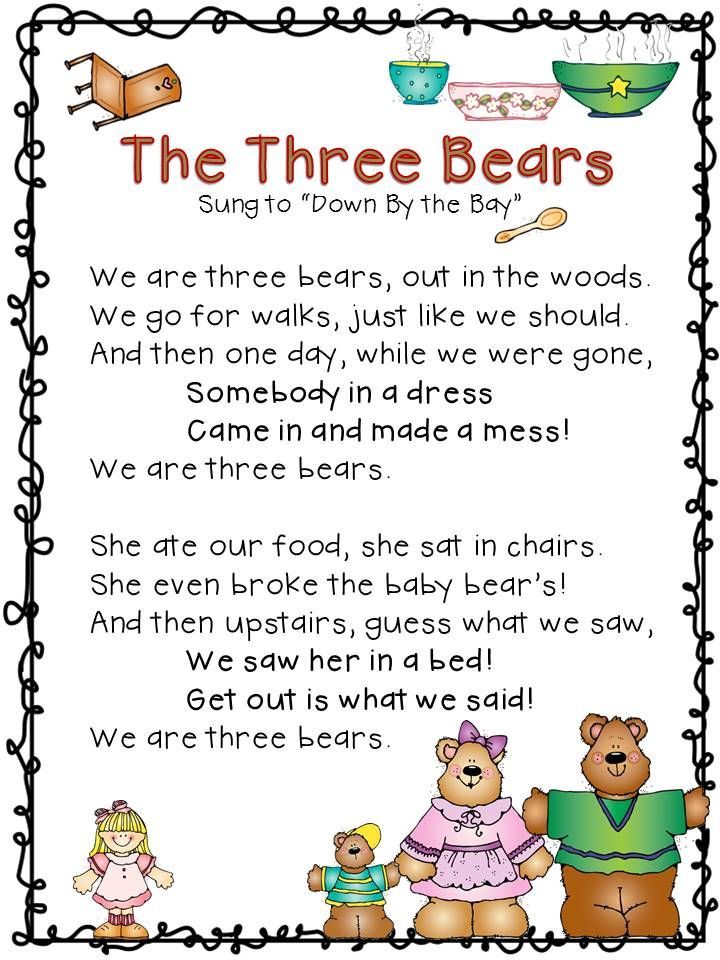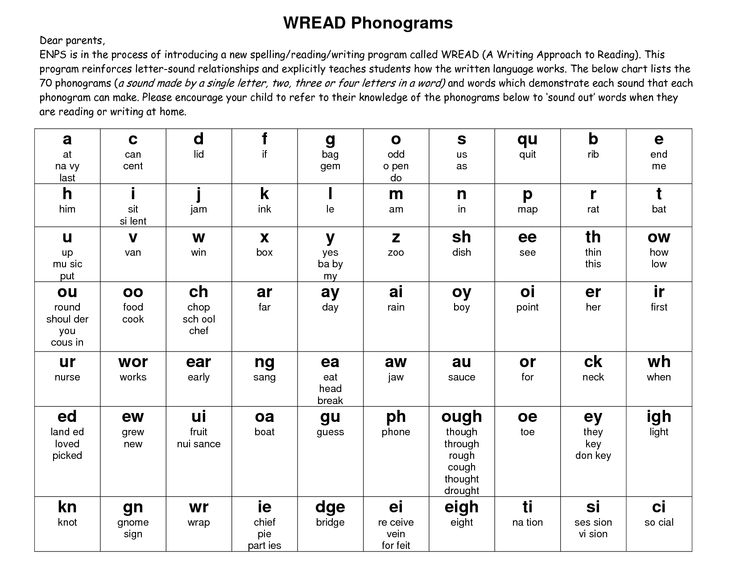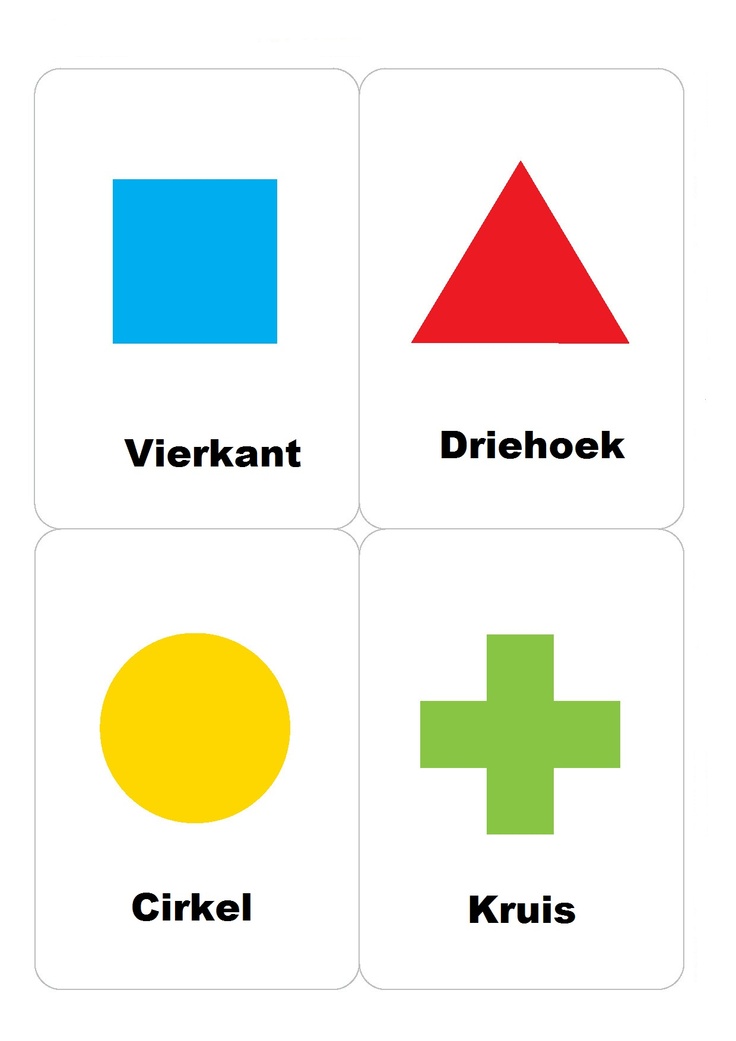How to make reading more enjoyable
8 Ways to Make Reading Exciting
How can you continue to make reading exciting so your child won't turn her attention to television or the tempting mélange of electronic gizmos at her disposal? You can't if you race through a story in a monotone so you can pop off the light at bedtime. Instead, read aloud with gusto, exhilaration, and joy. Make kids feel the roiling seas and the warm breezes that blow on a summer night. When reading is a pleasurable experience, children stay connected to the story — and to you.
To make the most of your reading time:
- Ham it up! Read slowly enough for your child to build mental pictures of what he hears. Stop periodically so he can study the pictures in the book without feeling hurried. Raise or lower your voice to build drama and suspense. Dialogue adds life to a story, so scan a book before you read and follow the implied stage directions. If a character shouts, raise your voice! If he speaks in a stern voice, do the same.
- Vary your subject matter as well as the kinds of things you read. Wordless picture books give kids the chance to tell their own stories as they "read," jump-starting the creative process. Let your child's imagination soar, and show her how excited you are by her ideas.
- Hunt for books that match your child's interests. When you make a point of finding books on subjects dear to your child's heart, you not only stimulate his interest in literature but let him know that you value what he thinks and does.
- Look for books that interest you too. Enthusiasm is contagious. If you're excited by an author or a story line, your child will be too. The world of books provides a safe, inexpensive way to explore new subjects: travel to Japan, read about sports heroes, learn how astronauts prepare for space.
- Foster closeness between siblings. If your children are several years apart, you may want to schedule individual reading times as they get older to ensure that the books are at the appropriate reading level.
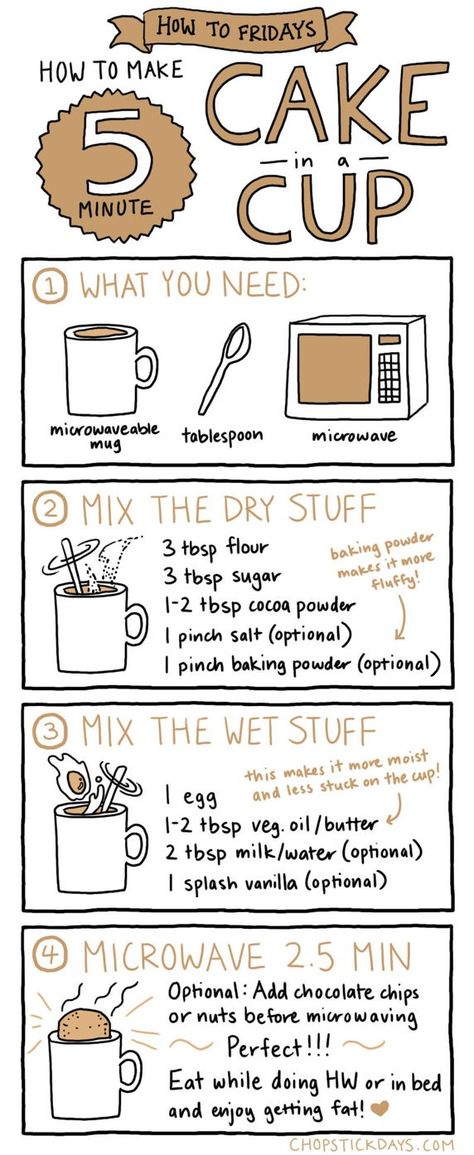 But don't forsake family reading. Suggest that older kids read to younger ones.
But don't forsake family reading. Suggest that older kids read to younger ones. - Help your child notice new information as you read. By sharing your feelings about a story, you motivate your child to do the same. By asking her opinions and listening to them without judgment or criticism, you let your child know that you value her feelings and ideas and respect her judgment.
- Let her read to you. Once your child starts to read, vary your ritual by taking turns reading to each other, and don't be too quick to correct a beginner. If your child mispronounces or incorrectly sounds out a word, wait until he finishes the page or the thought so you don't discourage his attempts. Then say, "Did that word make sense?"
- Get her a library card. Most public libraries issue cards when a child is 5 or can write her name. Celebrate the event, and check out library reading hours and family reading times as well as book clubs and other motivating programs.
Featured Book
learn more
GRADES
13 Ways To Make Reading Fun For Reluctant Readers
While some students have a natural love for reading, other children may find it difficult—or just plain boring.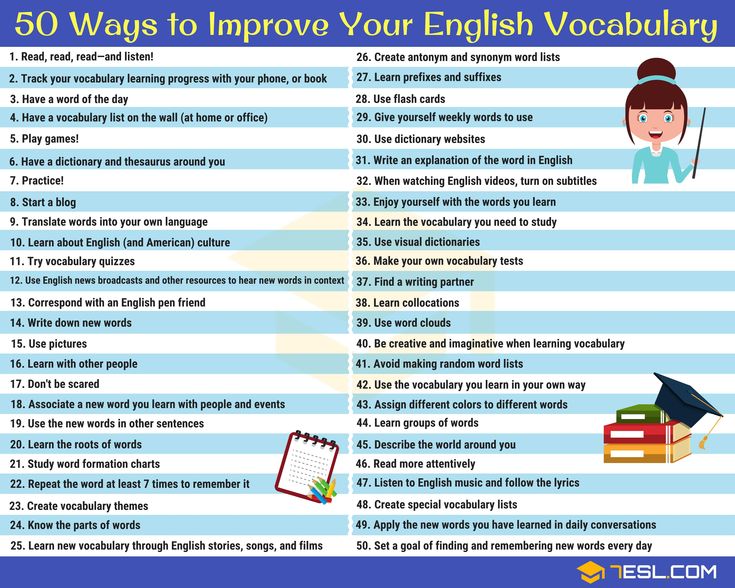
Many young children struggle with reading, whether it’s because they are missing foundational skills or they have trouble sitting down with a book for longer periods of time.
But just because your child is a reluctant reader doesn’t mean he or she can’t learn to enjoy it.
Making Reading Fun At Home
Getting your child to read doesn’t have to be a daily battle.
There are a number of ways you can make reading more enjoyable for your child, and help turn your reluctant reader into a bookworm. And by learning to make reading fun, your child can develop a of love for reading that will last a lifetime.
Check out these 13 tips for making reading fun (instead of frustrating) and start making reading more enjoyable for your child.
13 Ways To Make Reading Fun For Your Child
- Pick the right books
- Read aloud
- Act out the story
- Encourage all forms of reading
- Choose books about his or her interests
- Create a reading space
- Make connections between books and life
- Let your child choose
- Listen to audio books
- Start a series
- Have “reading hour”
- Take a trip to the library
- Teach reading strategies
Making reading fun starts with selecting a book your child will enjoy reading. Ask your child what kinds of stories he or she likes reading best (Adventure? Fantasy?) Make a list of books in these categories and use it to help your child choose what he or she will read next.
Reading aloud with your child can add a bit more excitement to any book. Make the story more fun by using different voices for each character and an expressive voice for dramatic parts. You can also take turns reading aloud together, choosing a character you will each provide a voice for.
Help your child bring some extra excitement to reading by using his or her imagination. Have your child draw pictures of what he or she is reading, act out the scene, put on a character puppet show, or make up alternate endings.
Reading doesn’t always have to mean picking up a book. Magazines, graphic novels, and newspapers are other great reading materials that feel less like “work” to your child—but they still help your child practice and improve his or her reading skills.
Reading something your child enjoys makes reading less of a chore and more of a fun activity he or she will want to do.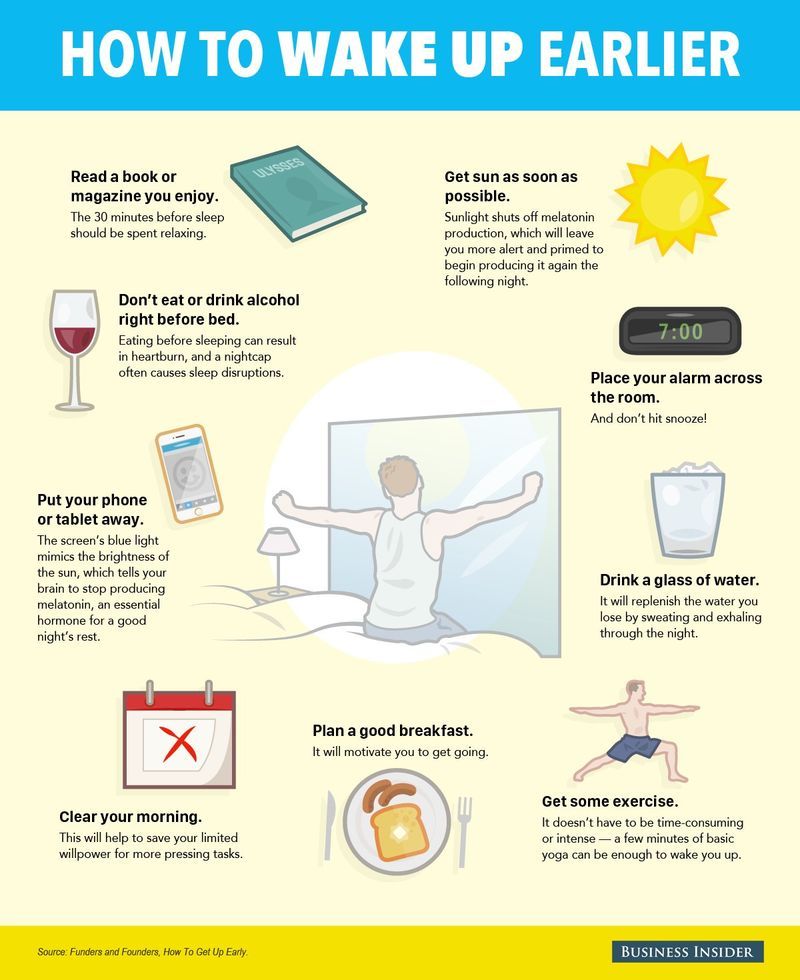 Help your child choose books that are related to his or her interests—whether it’s sports, animals, dinosaurs, or something else.
Help your child choose books that are related to his or her interests—whether it’s sports, animals, dinosaurs, or something else.
Make a reading area or fort where your child can read and relax on his or her own. Add blankets, pillows, and a variety of books, and your child will have a reading corner where he or she can read a book whenever the urge to read hits.
Make connections between what your child is reading and your child’s own experience. Read adventure books before you take a camping trip, dinosaur books before you visit a museum, and so on. This will help make reading (and learning) more exciting for your child.
Let your child choose what book he or she wants to read. Giving him or her a choice helps your child feel like he or she has more control, so your child will be more excited to sit down with the book he or she has chosen.
For children who find reading frustrating, audio books are a great alternative to help make reading more enjoyable—while still helping your child improve his or her comprehension skills.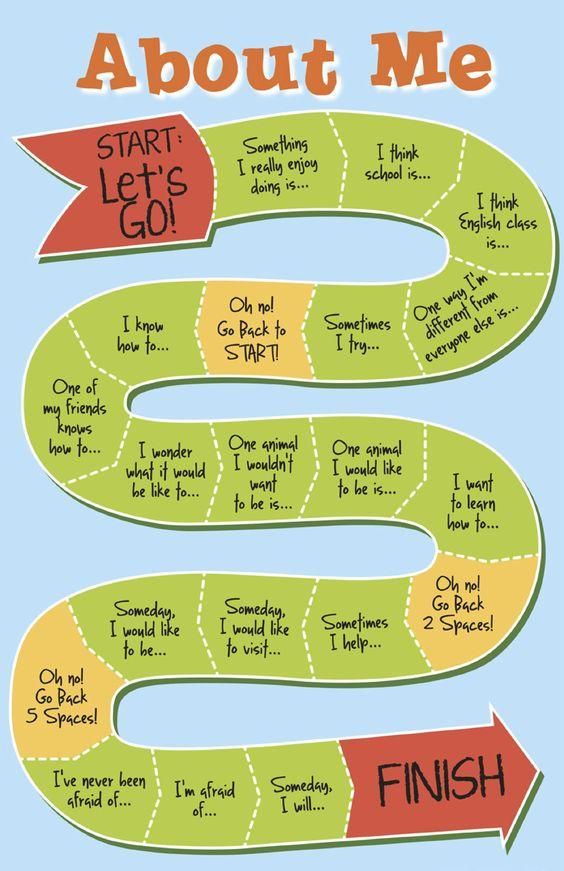
Book series are a great way to keep your child’s interest in reading high and eliminate the problem of figuring out what to read next. Another option is reading multiple, non-series books written by the same author.
Each day, schedule reading time for your child to sit down and read a chapter of a book. During this time, talk to your child about what is happening in the book, what his or her favourite part was, and what he or she thinks will happen next.
The library is a great resource where your child can find lots of books to read. Take advantage of the selection at your local library by letting your child pick choose a book (or two!) that catches his or her attention.
Many children dislike reading simply because they don’t have the necessary reading skills. If your child avoids opening a book at all costs, talk to his or her teacher about strategies to help develop reading motivation. Once you have some tips to try, work with your child to build reading motivation together.
Once you have some tips to try, work with your child to build reading motivation together.
If your child needs help developing his or her reading skills, we can help! Contact a location near you to learn more about our programs.
Book hacks: how to make reading more efficient
Book club
Book Hacks: How to Make Reading More Efficient
May 12, 2017 20 217 views
Ekaterina Ushakhina
We share useful tips from the book "Speed Reading in Practice" for everyone who loves to read and wants to do it better.
Optimum eye-to-book distance
The best distance from the eyes to the text is 30-40 centimeters (the most common value is 33 centimeters). The distance to the page should not be less than the length from the elbow to the fingertips. This is convenient, because your "ruler" is always at your fingertips. Usually this distance is obtained when you sit up straight and put your hands with a book on the table.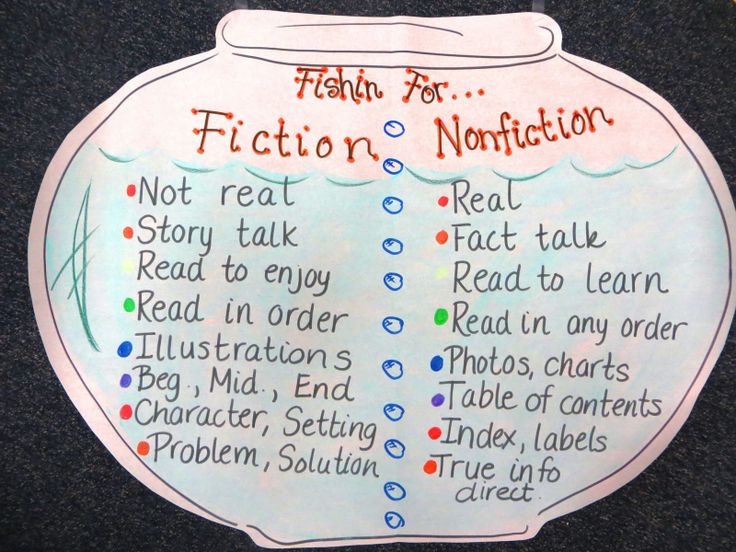
During fast reading, keeping the text at a distance of 30-40 centimeters is simply necessary, because only in this case, peripheral vision is used to its full potential. In addition, to read the information, the gaze will need to go through the minimum path through the text. It is not recommended to read with the texts too close to the eyes. From this, not only vision deteriorates, but fatigue sets in faster.
Source
Correct reading posture
Keep your back straight when reading. In this position, the brain processes information faster due to the fact that a sufficient amount of oxygen is supplied to it. It is most convenient to read with a straight back in two positions: standing and sitting. This contributes to a good mood when reading and more active brain work. The standard reading position is sitting. If you want to read quickly, it is important not to fall into a reclining position.
Additional advice: if you start to fall asleep while reading while reading a book or documents, then there is a very simple way that will help you quickly mobilize. Get up, work with the text while standing and either read it in this position to the end, or sit down at the table after 10–20 minutes. This can be done both in the office when working with ordinary documentation, and when reading fiction at home.
Get up, work with the text while standing and either read it in this position to the end, or sit down at the table after 10–20 minutes. This can be done both in the office when working with ordinary documentation, and when reading fiction at home.
The opposite effect also works: if you get tired from reading for a long time while standing, you can feel an additional burst of energy when you sit down and continue your study with a straight back.
Source
Energy for reading
There are texts that energize and positive emotions, and there are texts that take away energy. If you are looking forward to the moment when you sit down to read the next chapter of an exciting story, then you are already doing just fine with the motivation to read. The more you read, the better you will feel. But if you are waiting for a complex text or work on an unloved topic, then before reading, I recommend charging with additional energy.
The easiest and fastest way to do this is through exercise.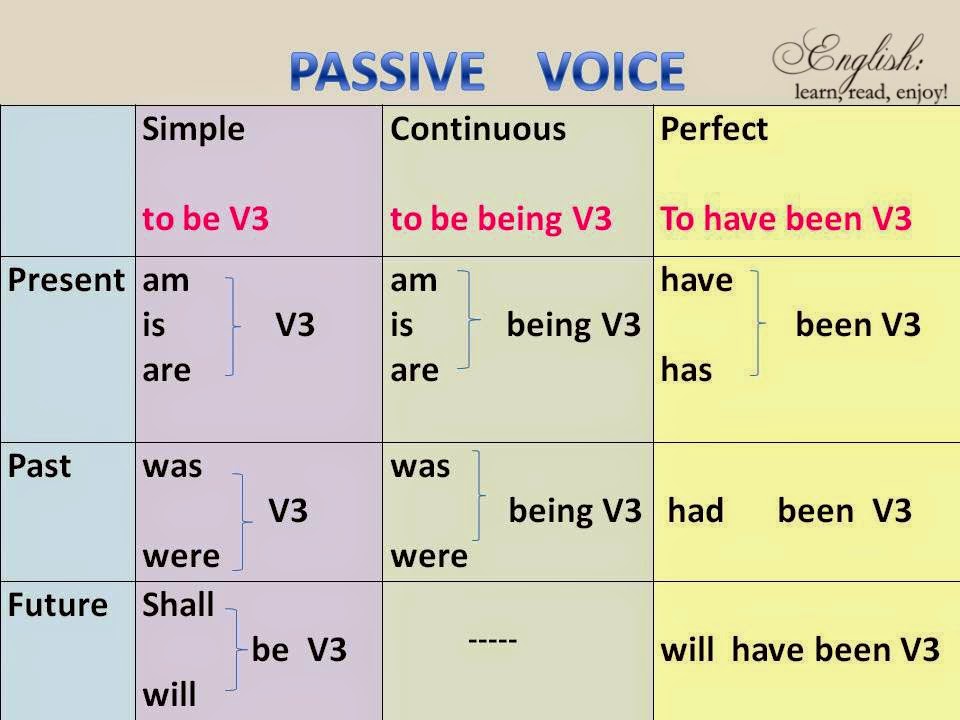 You can do push-ups or sit down a couple of dozen times. Movement activates your thinking. Or do finger exercises.
You can do push-ups or sit down a couple of dozen times. Movement activates your thinking. Or do finger exercises.
Source
We offer a simple exercise for rubbing and warming up the hands. Put together and rub your palms until a feeling of warmth appears - a movement, as if you were washing your hands or rubbing snow. Then shake one hand with the other and vice versa, as if greeting. Do it not relaxed, but with effort, then you will feel more active. You may have seen some people rubbing their hands before closing a deal in anticipation of a favorable outcome. Often such a movement is involuntary, as the brain gives a command not to lose courage, so as not to miss the important moment of closing the deal and bring the matter to the end.
A more difficult exercise from finger gymnastics. Extend all fingers of both hands forward. On the right hand, leave the index finger and little finger in place, and press the middle and ring fingers to the palm of your hand, in other words, make a “goat”, so beloved by the “new Russians”.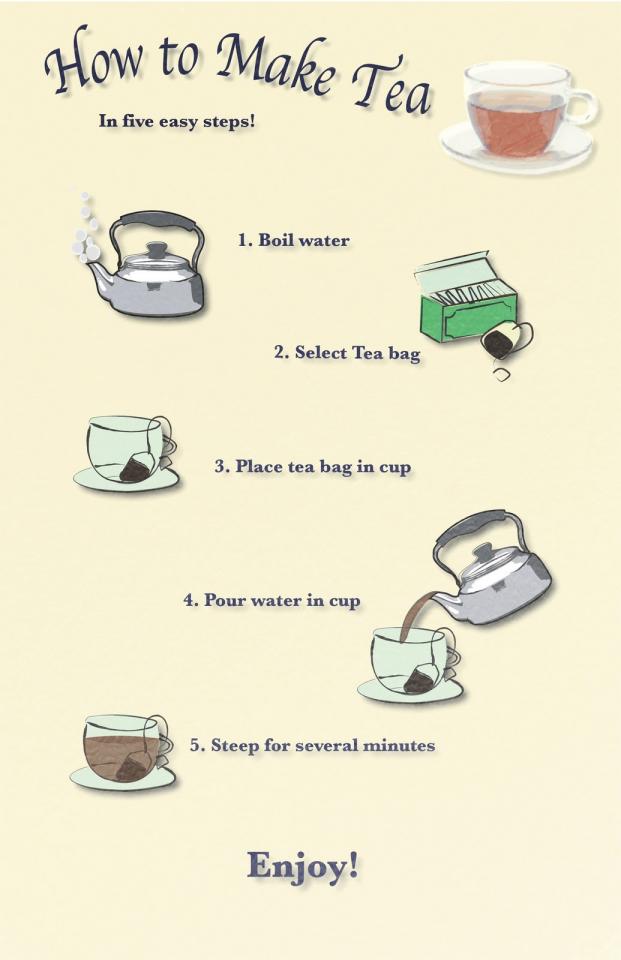 Draw a reverse figure with your left hand: leave the middle and ring fingers in place, and press the index finger and little finger to the palm of your hand.
Draw a reverse figure with your left hand: leave the middle and ring fingers in place, and press the index finger and little finger to the palm of your hand.
The position of the thumb is not important for us, for some people it is convenient to hold the fingers pressed to the palms with it. Now try to simultaneously and quickly change the folded figures in places: first in one direction and then in the other direction. Not everyone succeeds the first time, but it stimulates mental activity well and gives energy.
All of these tips will help you stay productive not only while reading, but throughout your work day.
Based on the book "Speed Reading in Practice".
Post cover from here.
How to increase productivity when reading. / Habr
Those who write a blog read a lot. This is an axiom. There are certainly exceptions. But there are exceptions to prove the rules.
As for me, the converse statement will be true.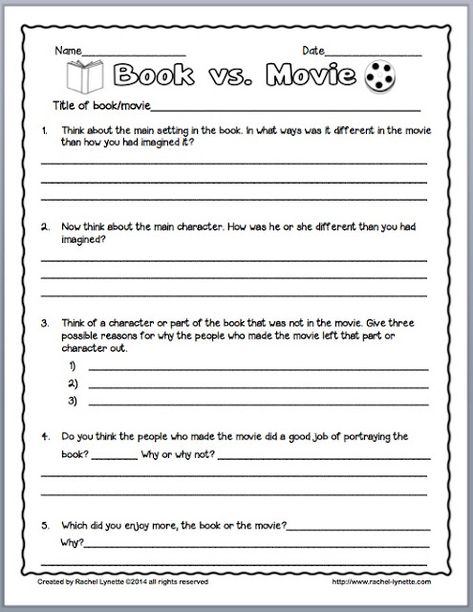 Those who read a lot write blogs. And one of the most important reasons for this phenomenon is the desire to discuss the material that is read. Plus, the natural desire to somehow systematize the existing deposits, and show off what has been accumulated on the net and invented by ourselves. Here in this post I really want to talk about the stated topic. The English original is here. And my understanding of everything that is written in it is below.
Those who read a lot write blogs. And one of the most important reasons for this phenomenon is the desire to discuss the material that is read. Plus, the natural desire to somehow systematize the existing deposits, and show off what has been accumulated on the net and invented by ourselves. Here in this post I really want to talk about the stated topic. The English original is here. And my understanding of everything that is written in it is below.
In today's world, we are forced to absorb ever-increasing volumes of information. And do it on a weekly or even daily basis. In any case, if you are running an online business, blogging, reading something for work or just for fun, I am sure you can get more benefit if you remember more of what you read. The Internet allows you to quickly find and get acquainted with huge amounts of information. Primary sources and recycled material. But how much can you store in your long-term memory? Here are 10 tips on how to help yourself in this matter.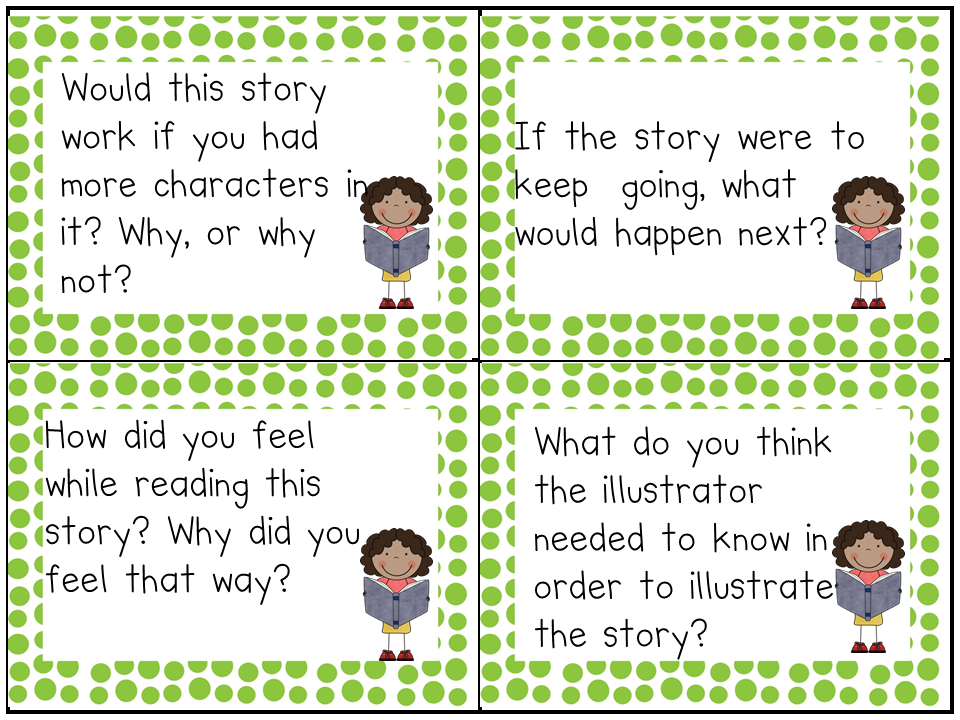
1. Read, recite, review. The author did a great job. Three R. And in Russian it will be, as usual, three P. Read, Review, Review. The process of active reading means that you will stop to take notes on the information that is important to you. Note-taking allows you to save key points that most fully reflect the essence of the topic under consideration, or pay attention to incomprehensible and contradictory points. They are also a source of information for subsequent review. If quotes are clear and understandable to me, then as a rule, I have causal relationships that clarify the picture of what is said. If, on the contrary, something from the outlined is alien and incomprehensible to me, this is a sign that they will return and re-read the material related directly to this quote. The emergence of my site and my first posts were just the result of such active reading. In addition, in conditions of interrupted reading, when I sometimes return to books after a long break, this saves time not only because it is much faster to reread quotes than the entire book, but it is also much easier to simply find a place from which to read further.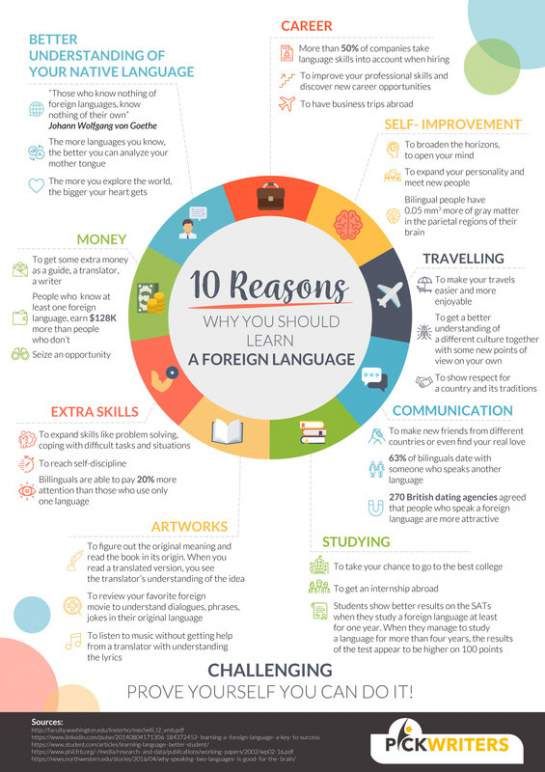 Another point related to active reading. By how to read online or electronic literature, we all already know a little (here are readers and organizers and google notepad and a lot of other lotions), but we gradually forget about how to “actively” read books. I just recently finished reading a very good book. Yes, it is a paper book. But when I wanted to write a short report about her, I realized that I was caught. Agree, no one sits with a book in front of a computer. Good to lie with a book. But I just forgot about using the marker. And even the fact that I remember what I would like to write about does not help. In the absence of electronic search and other conveniences, in order to write a few excerpts now, one has to read the book again. Well, either carry the gag. In addition to the marker, the presence of a bookmark and a pointer (maybe the marker itself) will significantly increase the speed of reading.
Another point related to active reading. By how to read online or electronic literature, we all already know a little (here are readers and organizers and google notepad and a lot of other lotions), but we gradually forget about how to “actively” read books. I just recently finished reading a very good book. Yes, it is a paper book. But when I wanted to write a short report about her, I realized that I was caught. Agree, no one sits with a book in front of a computer. Good to lie with a book. But I just forgot about using the marker. And even the fact that I remember what I would like to write about does not help. In the absence of electronic search and other conveniences, in order to write a few excerpts now, one has to read the book again. Well, either carry the gag. In addition to the marker, the presence of a bookmark and a pointer (maybe the marker itself) will significantly increase the speed of reading.
2. Cut off the fat. Well, or easier - cut out all the excess. If you use an RSS reader to read, then go through all your subscriptions and delete anything that is not necessary for you and that you can do without.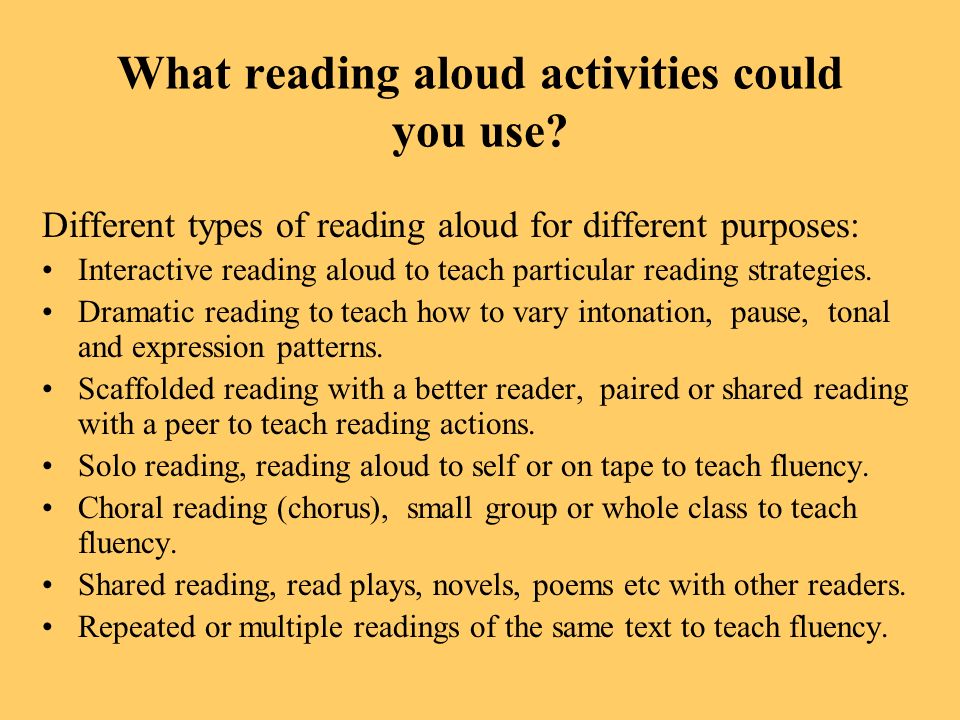 I think this is the standard path that everyone who starts using this ingenious invention of the Internet goes through. First, the reader is packed to capacity with all sorts of useful links. Then comes an attempt to read at least the headlines of all past news. When it becomes clear that this is not real, a person begins to clear the entire history, and tries to follow new arrivals. Then there is an attempt to streamline, speed up, divide into the most important, mandatory for daily viewing and less relevant. And then it starts to seem that using the reader does not give any advantage. And finally, a person understands that his bandwidth is limited. And that it is better to miss something important than endlessly shoveling mountains of information manure. Gradually you come to the conclusion that it is better to keep newly added subscriptions for some time under supervision and, in which case, delete them. That channels should be deleted without regret, but added very, very carefully.
I think this is the standard path that everyone who starts using this ingenious invention of the Internet goes through. First, the reader is packed to capacity with all sorts of useful links. Then comes an attempt to read at least the headlines of all past news. When it becomes clear that this is not real, a person begins to clear the entire history, and tries to follow new arrivals. Then there is an attempt to streamline, speed up, divide into the most important, mandatory for daily viewing and less relevant. And then it starts to seem that using the reader does not give any advantage. And finally, a person understands that his bandwidth is limited. And that it is better to miss something important than endlessly shoveling mountains of information manure. Gradually you come to the conclusion that it is better to keep newly added subscriptions for some time under supervision and, in which case, delete them. That channels should be deleted without regret, but added very, very carefully.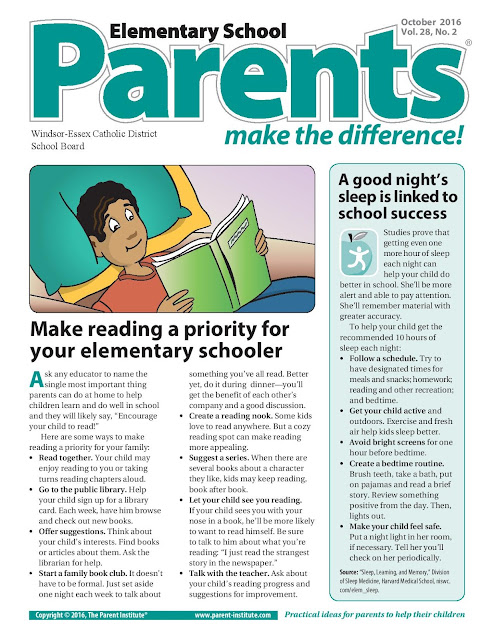 Especially if these are the so-called aggregators, the number of news on which can reach hundreds per day. When it comes to an individual author, I add it to my subscription without any problems. At the very least, I'll delete it after a while. But with portals, forums and aggregators, you need to be very, very careful. In the beginning, like many others, I happily subscribed to news feeds, both regular and specialized. And I thought that by looking at the headlines and deleting messages, I would just stay up to date with what was happening. Two weeks later, after I had over a thousand unread records, I unsubscribed from most of the subscriptions to these time-eaters. Because this is my time, and therefore money. Well, then, if you still do not use an RSS reader, then it may be enough to convince yourself that the world is square. It gives savings and it's been tested.
Especially if these are the so-called aggregators, the number of news on which can reach hundreds per day. When it comes to an individual author, I add it to my subscription without any problems. At the very least, I'll delete it after a while. But with portals, forums and aggregators, you need to be very, very careful. In the beginning, like many others, I happily subscribed to news feeds, both regular and specialized. And I thought that by looking at the headlines and deleting messages, I would just stay up to date with what was happening. Two weeks later, after I had over a thousand unread records, I unsubscribed from most of the subscriptions to these time-eaters. Because this is my time, and therefore money. Well, then, if you still do not use an RSS reader, then it may be enough to convince yourself that the world is square. It gives savings and it's been tested.
3. Get started. We all remember things we read better if they fit into our value system through practical application. It is possible, like me, to learn English for decades, but without constant practice it is not effective. My translations of articles now give me more experience and more memorization of words than when I memorized just words. If you read something that seems useful to you, start applying it right now. No one has become richer just by reading and absorbing information. Somewhere I came across such an example that one woman collected a lot of recipes for cooking various dishes, but she never cooked anything. This, of course, is ridiculous, but only until you remember how many books you have read on one of the topics, and how much of all this you really use in your daily practice.
It is possible, like me, to learn English for decades, but without constant practice it is not effective. My translations of articles now give me more experience and more memorization of words than when I memorized just words. If you read something that seems useful to you, start applying it right now. No one has become richer just by reading and absorbing information. Somewhere I came across such an example that one woman collected a lot of recipes for cooking various dishes, but she never cooked anything. This, of course, is ridiculous, but only until you remember how many books you have read on one of the topics, and how much of all this you really use in your daily practice.
4. Read when you can be most focused. Pick a time when you are at your most productive and able to get the most out of your material. Setting a schedule, and allocating dedicated time, will also contribute to better comprehension. Don't read when you are in a hurry. But what about those time management tips that recommend using the time intervals between meetings, travel by public transport, etc. ? for reading? It is probably more correct to leave these moments for reading something pleasant and not requiring obligatory memorization.
? for reading? It is probably more correct to leave these moments for reading something pleasant and not requiring obligatory memorization.
5. Understand and use text graphic elements. If the author wants to draw your attention, he can use various fonts, graphic elements, styles to highlight and group material. Understanding and paying attention to these elements can greatly speed up the learning process. But this is especially helpful when re-viewing or when looking for some specific information about already familiar material. Yes, and you yourself can mark in any way accepted by you, one or another type of information provided in the material. Remember, it used to be called marginal notes and bullet points.
6. Create a map of what you are reading. Mapping includes several basic steps that can increase your reading productivity. This is, first of all, the awareness of the goal that you are pursuing by reading this or that material. Next, you need to find and save keywords and phrases.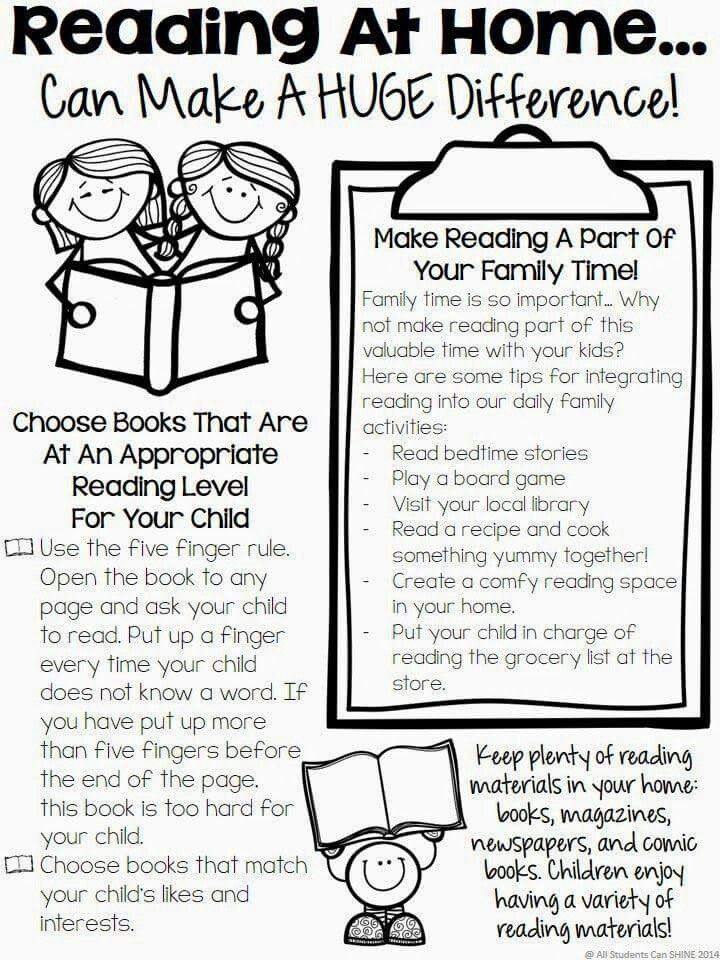 And finally, you need to focus on the information that is directly related to your goals, skipping the irrelevant. I didn't make maps, but I remember exactly how I read my first thick book. It was in the school library, and the book was given for a couple of hours, no more. So then I skipped all the descriptions of nature, things and the intricacies of relationships, reading only paragraphs with monologues and descriptions of actions. I must have missed something important, but since my goal was to learn about all the adventures and the result, it was acceptable.
And finally, you need to focus on the information that is directly related to your goals, skipping the irrelevant. I didn't make maps, but I remember exactly how I read my first thick book. It was in the school library, and the book was given for a couple of hours, no more. So then I skipped all the descriptions of nature, things and the intricacies of relationships, reading only paragraphs with monologues and descriptions of actions. I must have missed something important, but since my goal was to learn about all the adventures and the result, it was acceptable.
7.Print out the pages that interest you the most. Sometimes such a solution will be as simple and useful as possible, and most importantly, autonomous. You can take this material with you and pay attention to it when it is convenient for you. And sometimes it’s just nice to read not from the monitor.
8. Write notes, take notes while reading. It is not for nothing that it is customary to take notes at all kinds of lectures and seminars.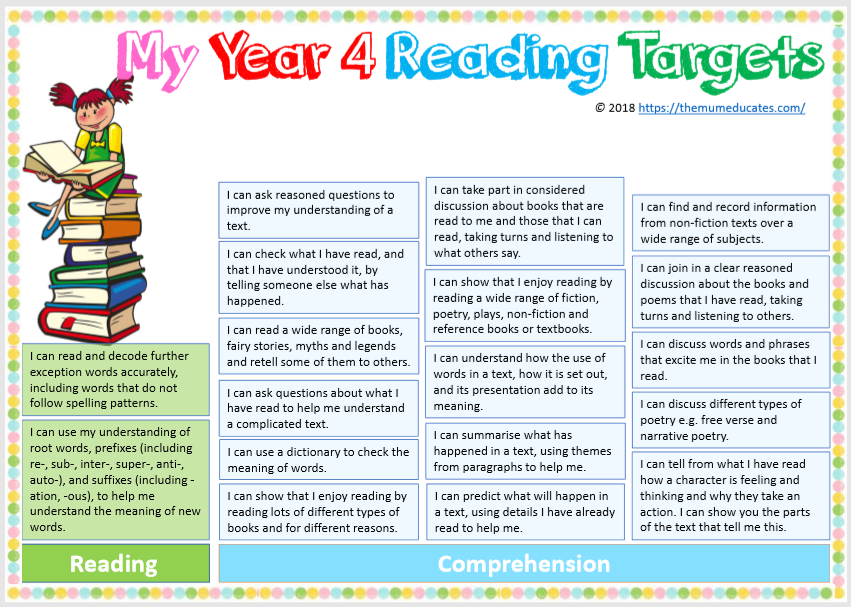 On especially advanced learning holidays, a summary or summary of the material is handed out in advance. But above all, recording the main points and ideas makes it possible to once again note them both in our memory and on paper, with the aim of returning to the material later.
On especially advanced learning holidays, a summary or summary of the material is handed out in advance. But above all, recording the main points and ideas makes it possible to once again note them both in our memory and on paper, with the aim of returning to the material later.
9. Creation of an article plan. If you write an article outline, this will help you not only remember the constituent parts better, but also better understand the relationship between the structural elements of the article and their influence on the whole picture.
10. Using the bookmark manager. When you surf the Internet, you always come across some services or information that you will surely use in the future. In addition, now people, as a rule, go to the Internet from different computers. Therefore, the use of any service that allows you to store bookmarks centrally on the Internet becomes really critical. There is no shortage of such services, and free ones, now, and everyone can choose the most suitable option for themselves.